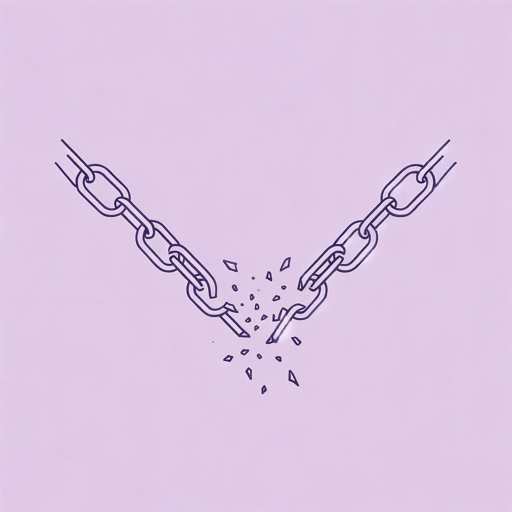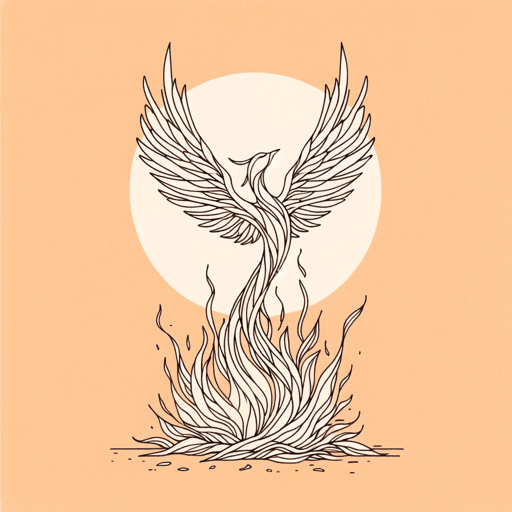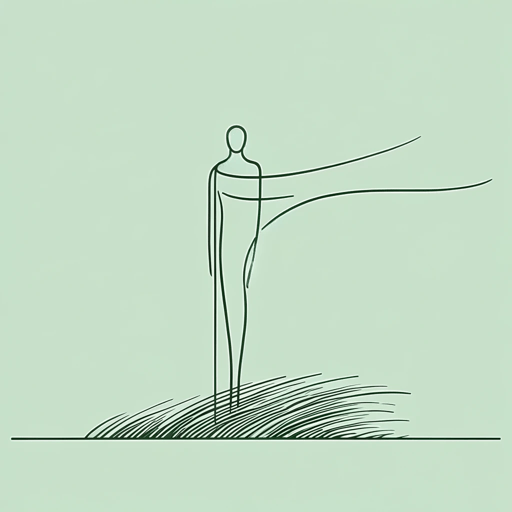19 pages • 38 minutes read
Sylvia PlathAriel
Fiction | Poem | Adult | Published in 1965A modern alternative to SparkNotes and CliffsNotes, SuperSummary offers high-quality Study Guides with detailed chapter summaries and analysis of major themes, characters, and more.
Poem Analysis
Analysis: “Ariel”
Sylvia Plath’s “Ariel” is a poem in constant motion. With the exception of the “[s]tasis” (Line 1) that begins the poem, the work proceeds like a violent birth until the speaker rides their horse Ariel into the “red / [e]ye, the cauldron of morning” (Lines 30-31). Through the act of riding, the speaker and their horse merge into a single being. This merger, and the speaker’s queering of Shakespeare’s Ariel into a female horse, raise questions about female bodies and creativity. The speaker responds to these questions by appealing to myth and “unpeel[ing]” (Line 20) their body until they are consumed by the morning sun.
The motion in “Ariel” roughly follows the narrative of a human life. The “[s]tasis in darkness” (Line 1) at the beginning of the poem suggests a womb, or that the speaker is coming into being from a liminal (transient) state. Shortly after, the speaker experiences the “[p]our of tor and distances” (Line 3) as the world impresses upon them. The speaker then describes the “furrow” (Line 6) that “splits and passes” (Line 7) as they move their way through it. The image of the furrow draws on classical associations between agriculture and feminine fertility.
Related Titles
By Sylvia Plath

Daddy
Sylvia Plath

Initiation
Sylvia Plath

Lady Lazarus
Sylvia Plath

Mirror
Sylvia Plath

Sheep In Fog
Sylvia Plath

The Applicant
Sylvia Plath

The Bell Jar
Sylvia Plath

The Disquieting Muses
Sylvia Plath

The Munich Mannequins
Sylvia Plath

Two Sisters Of Persephone
Sylvia Plath

Wuthering Heights
Sylvia Plath
Featured Collections
Animals in Literature
View Collection
Books that Feature the Theme of...
View Collection
Common Reads: Freshman Year Reading
View Collection
Feminist Reads
View Collection
Mortality & Death
View Collection
Order & Chaos
View Collection
Poetry: Animal Symbolism
View Collection
Poetry: Perseverance
View Collection
Short Poems
View Collection
The Best of "Best Book" Lists
View Collection
Valentine's Day Reads: The Theme of Love
View Collection

